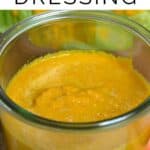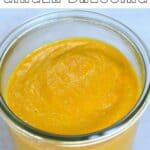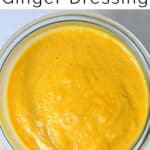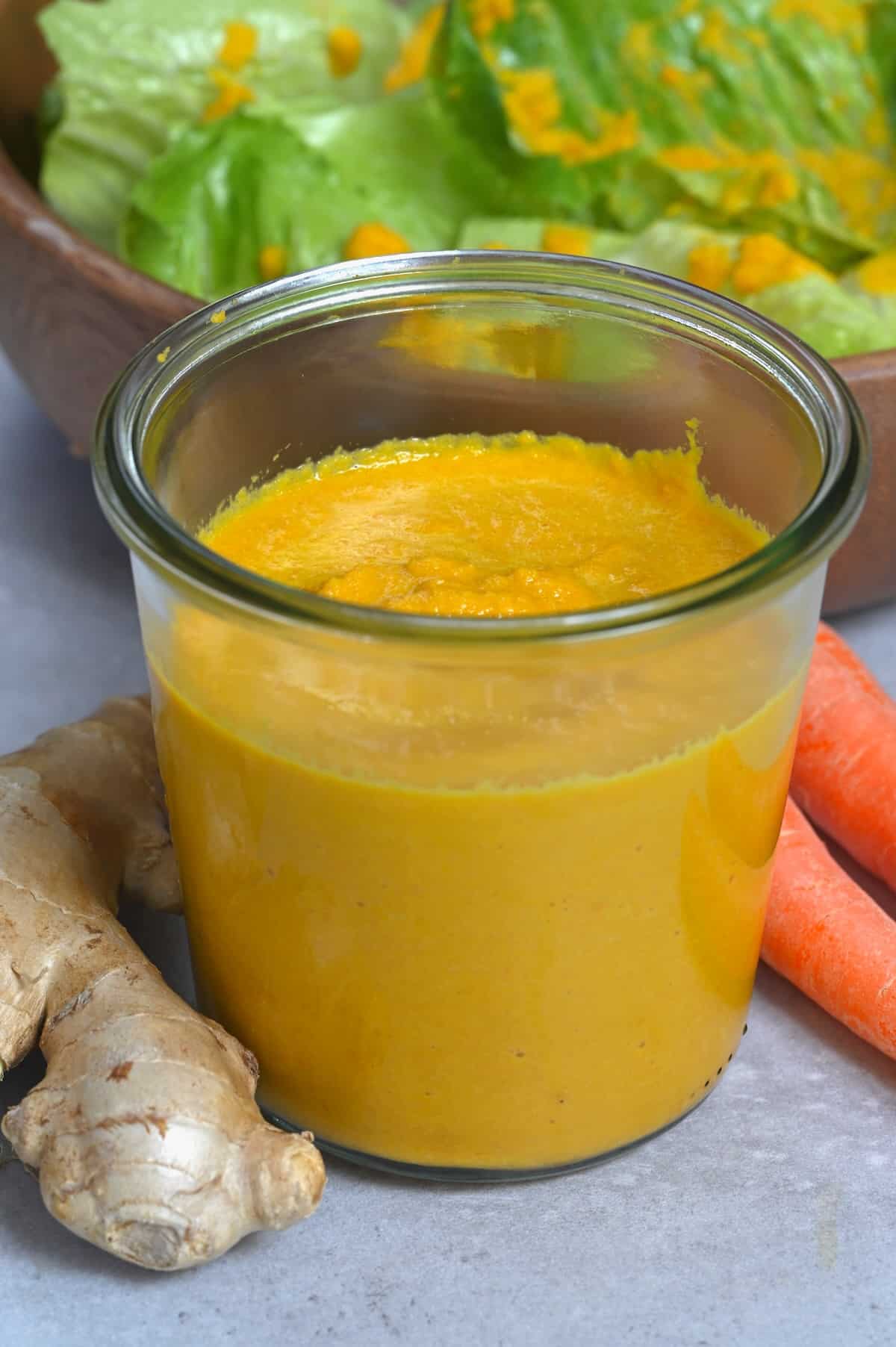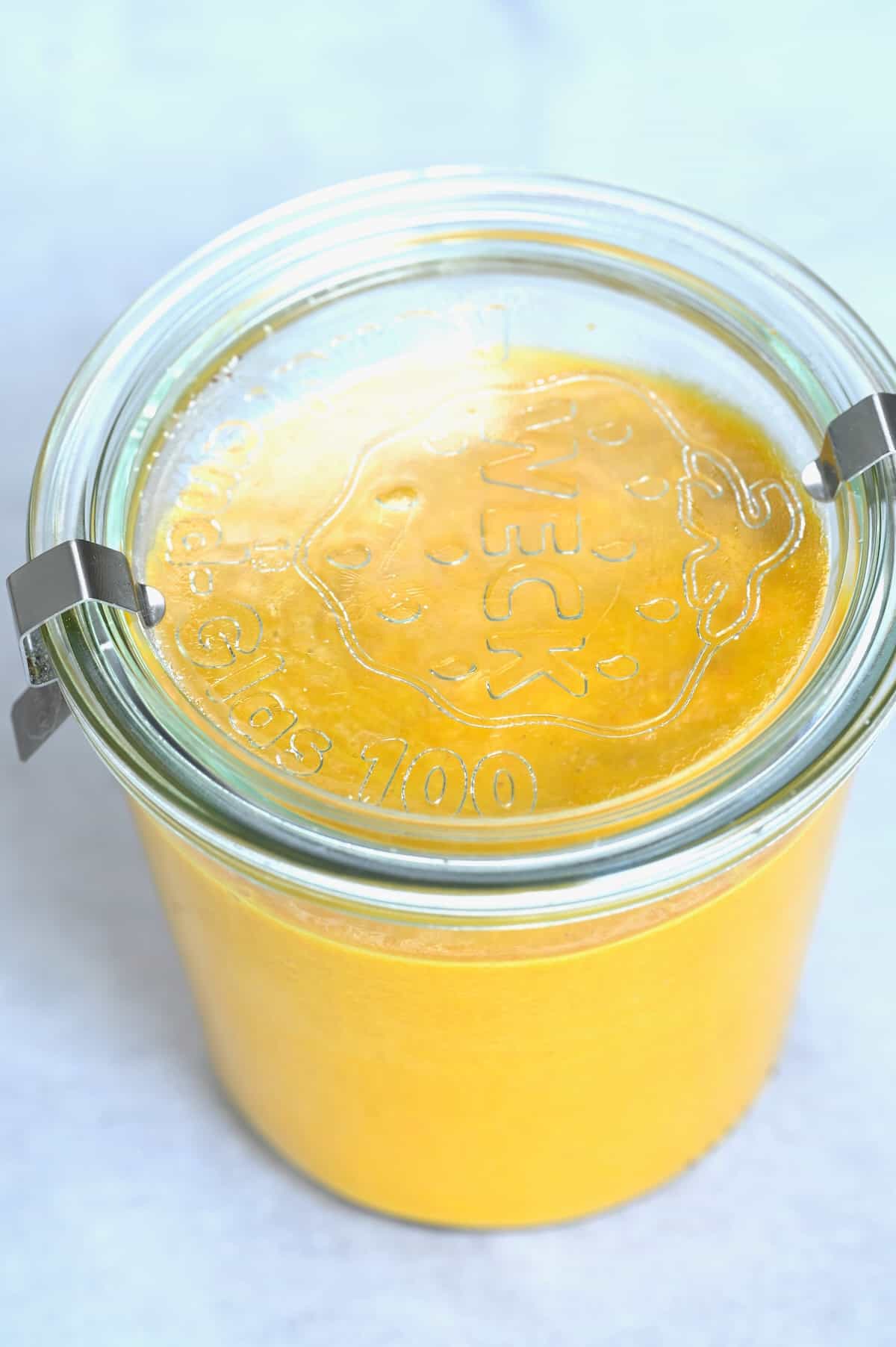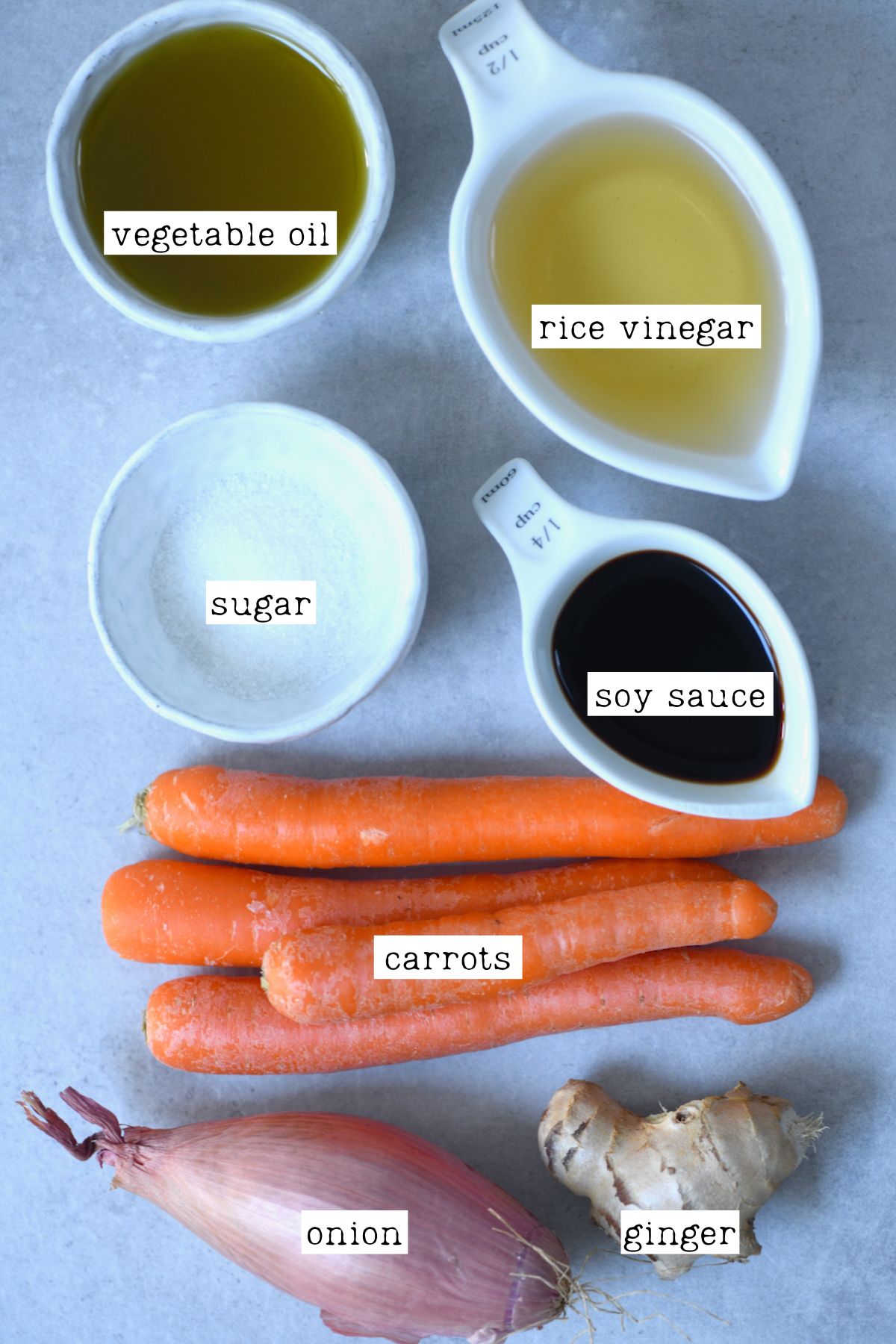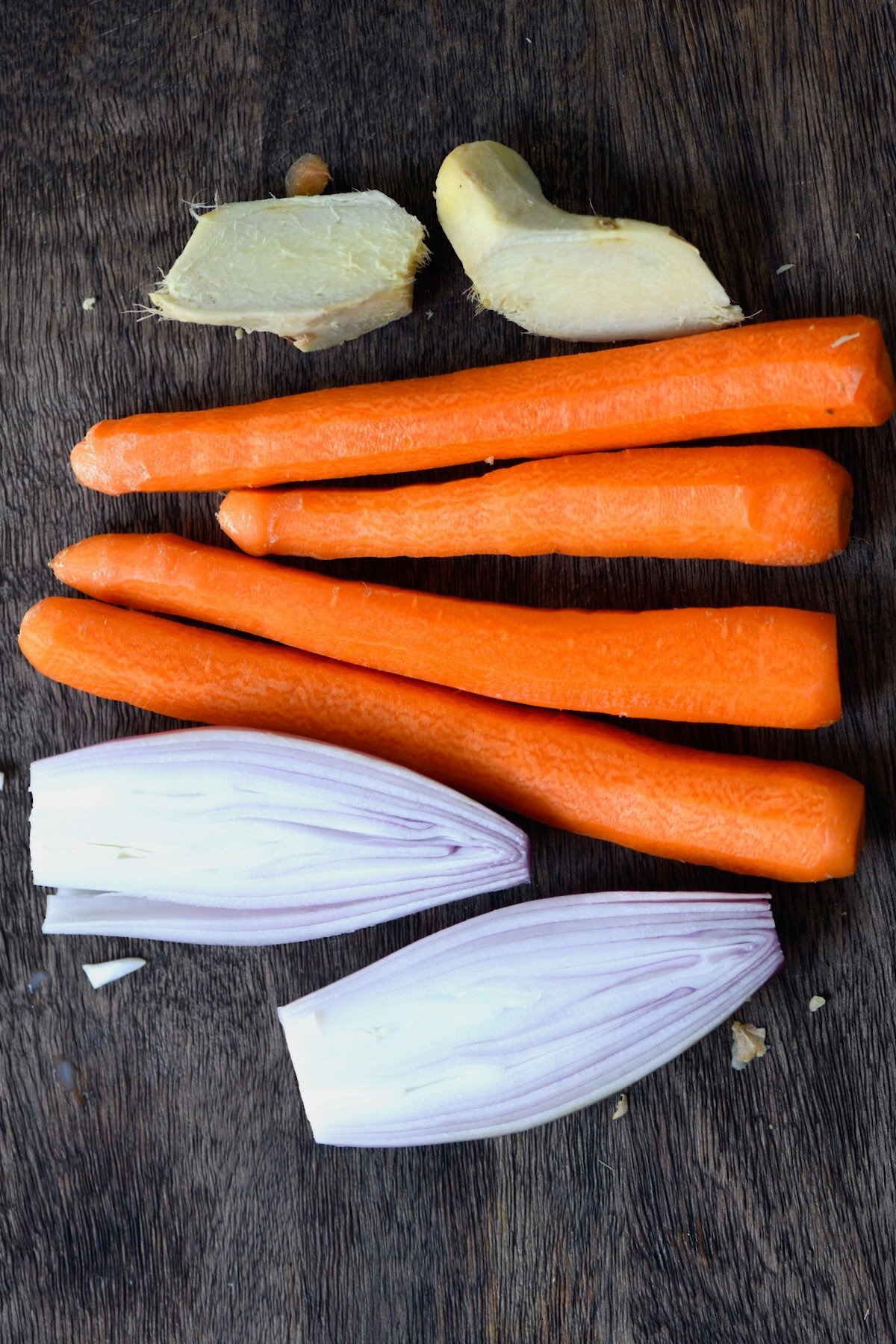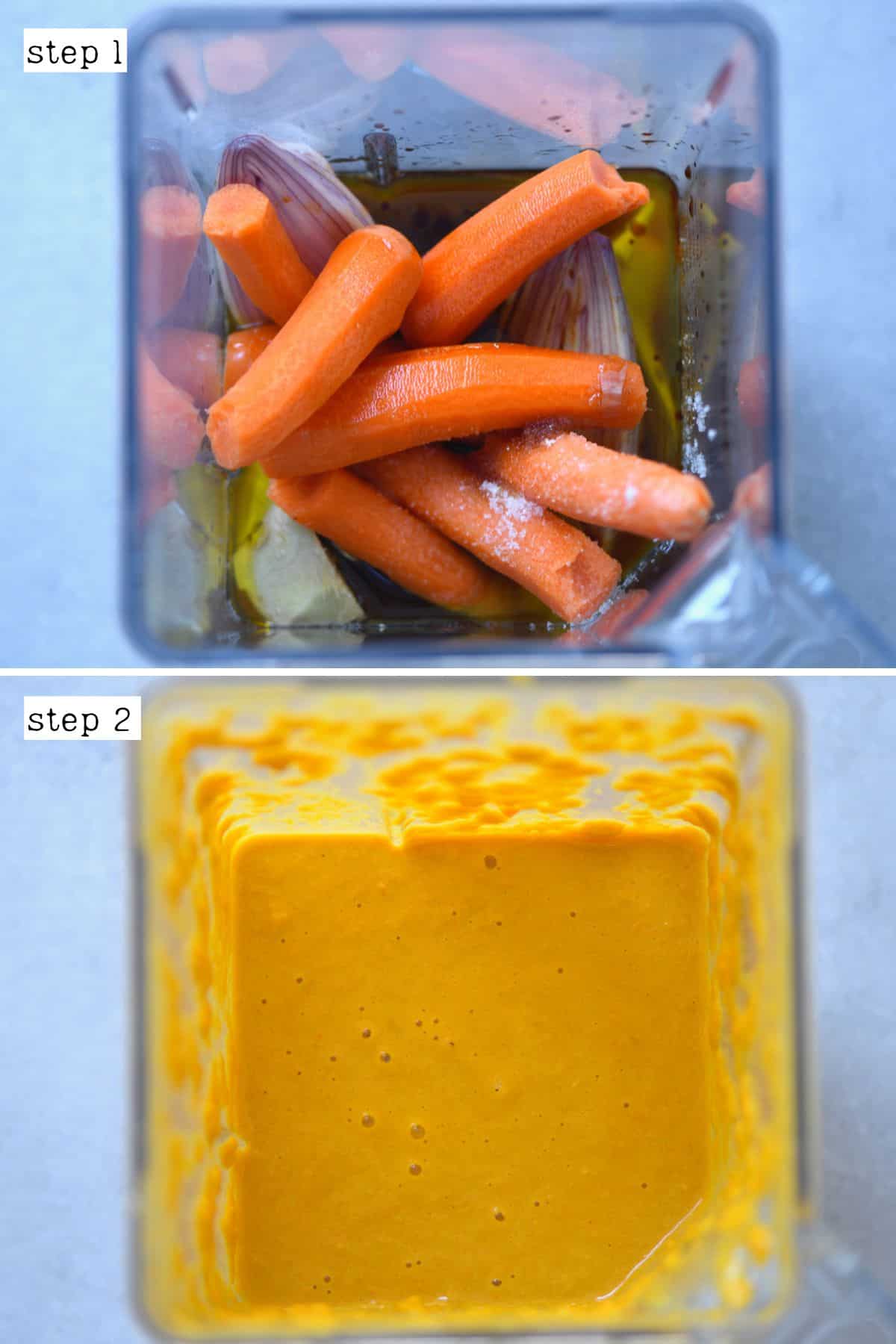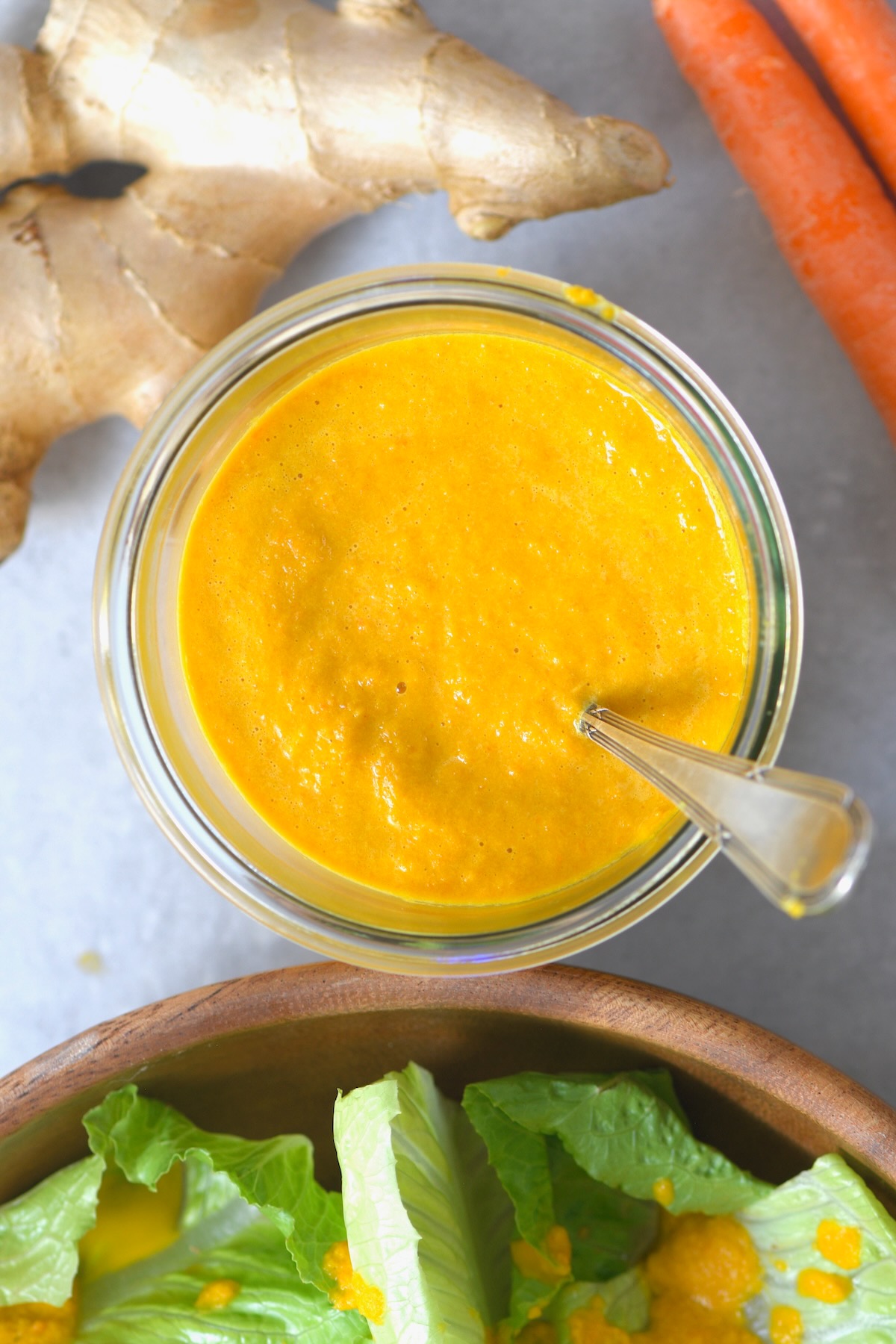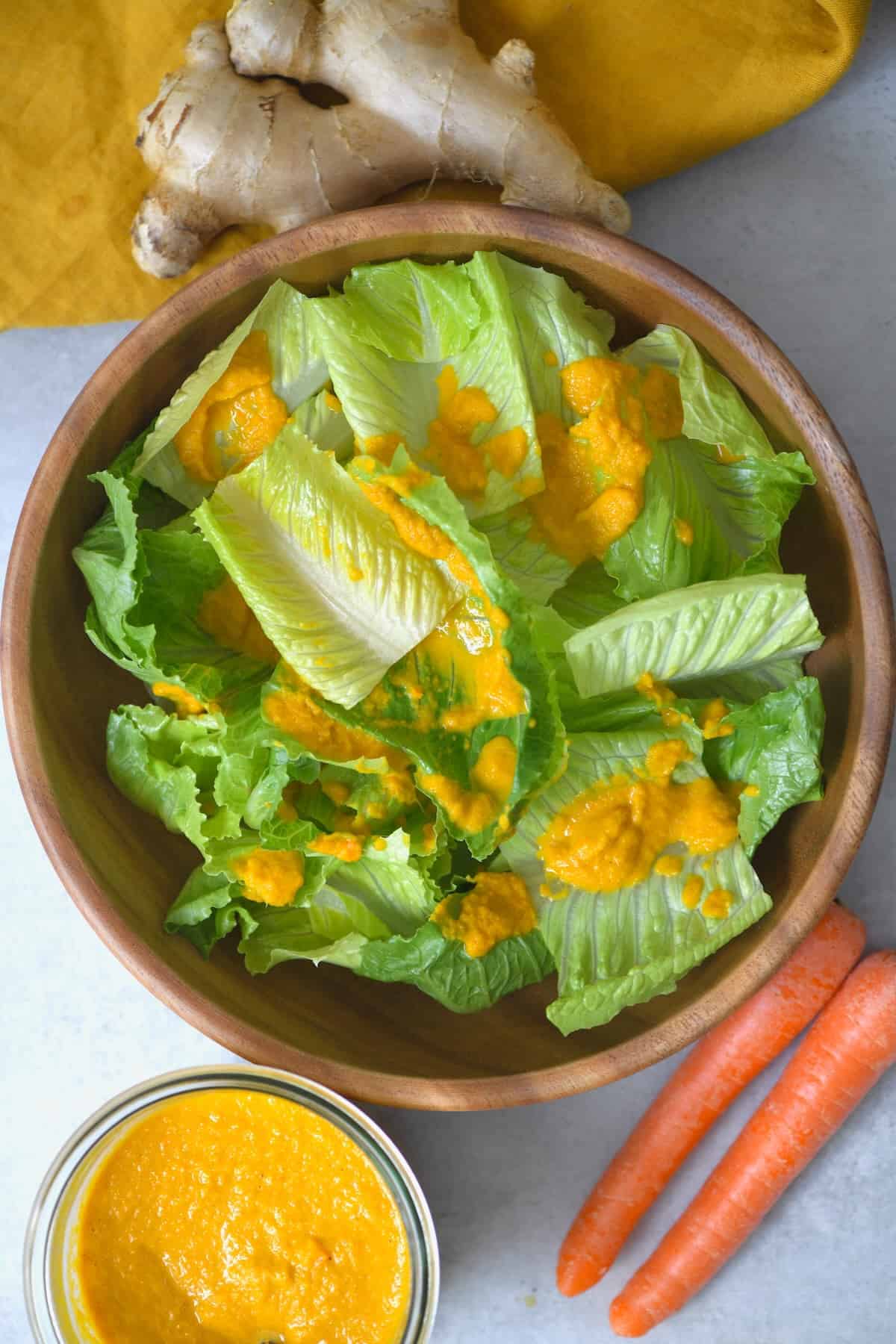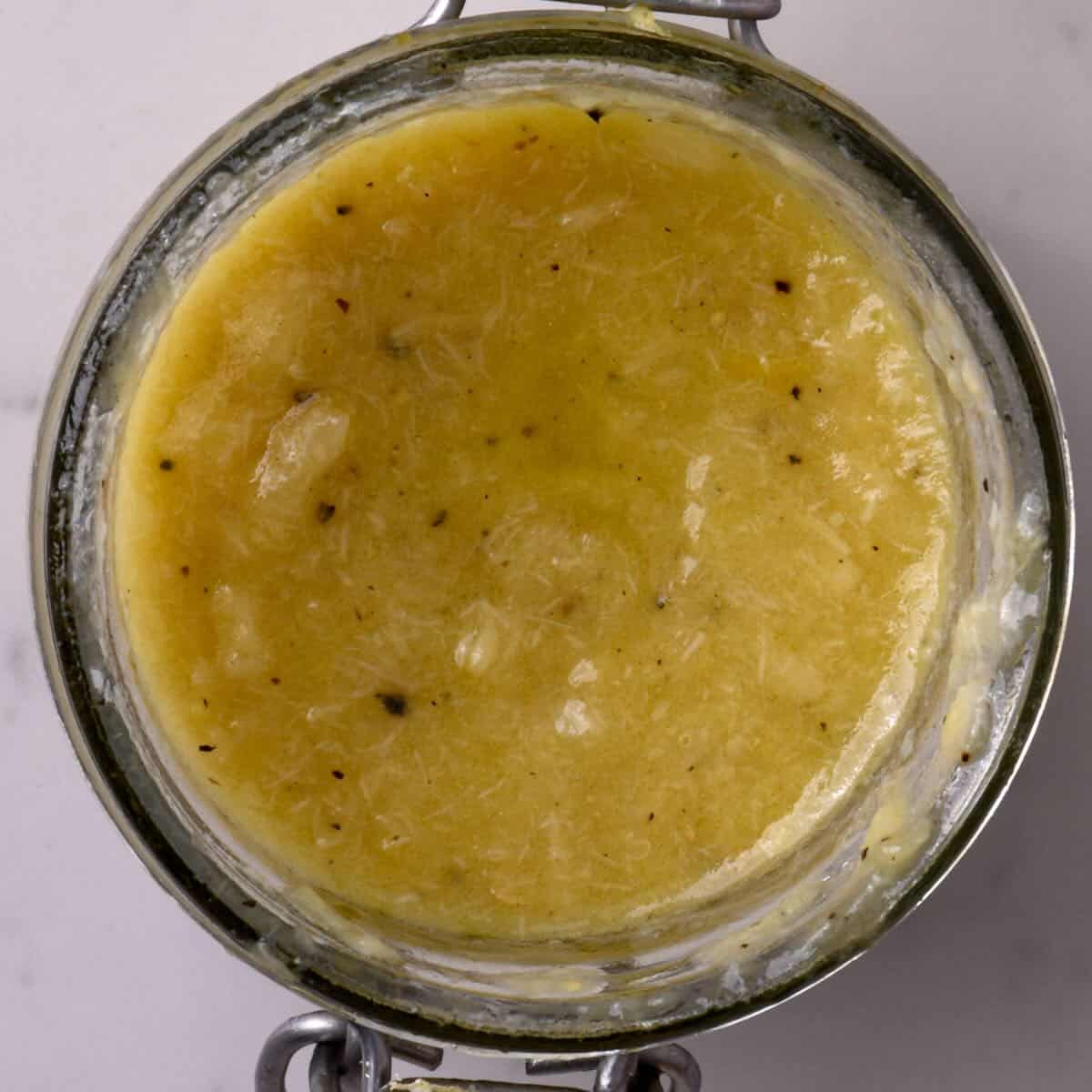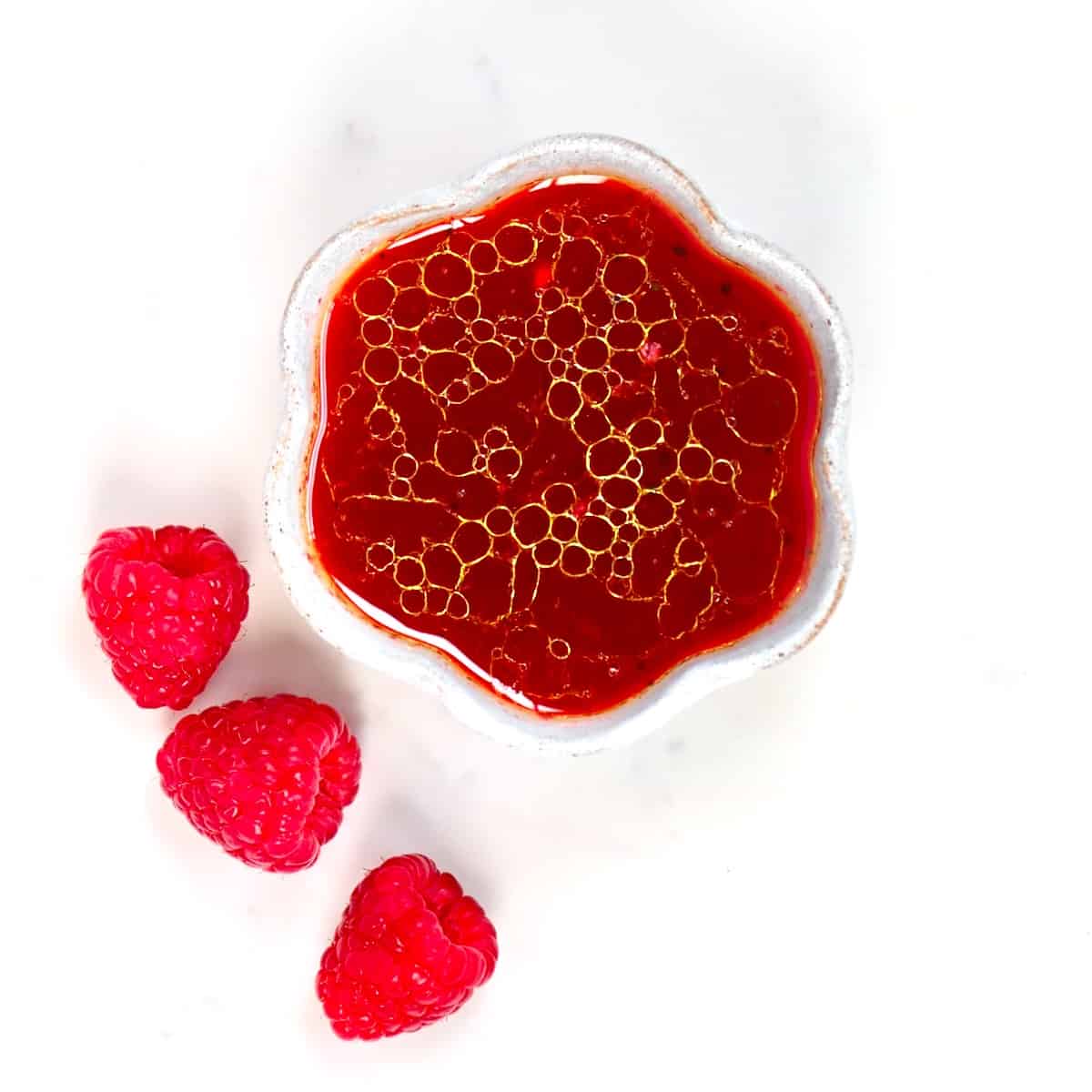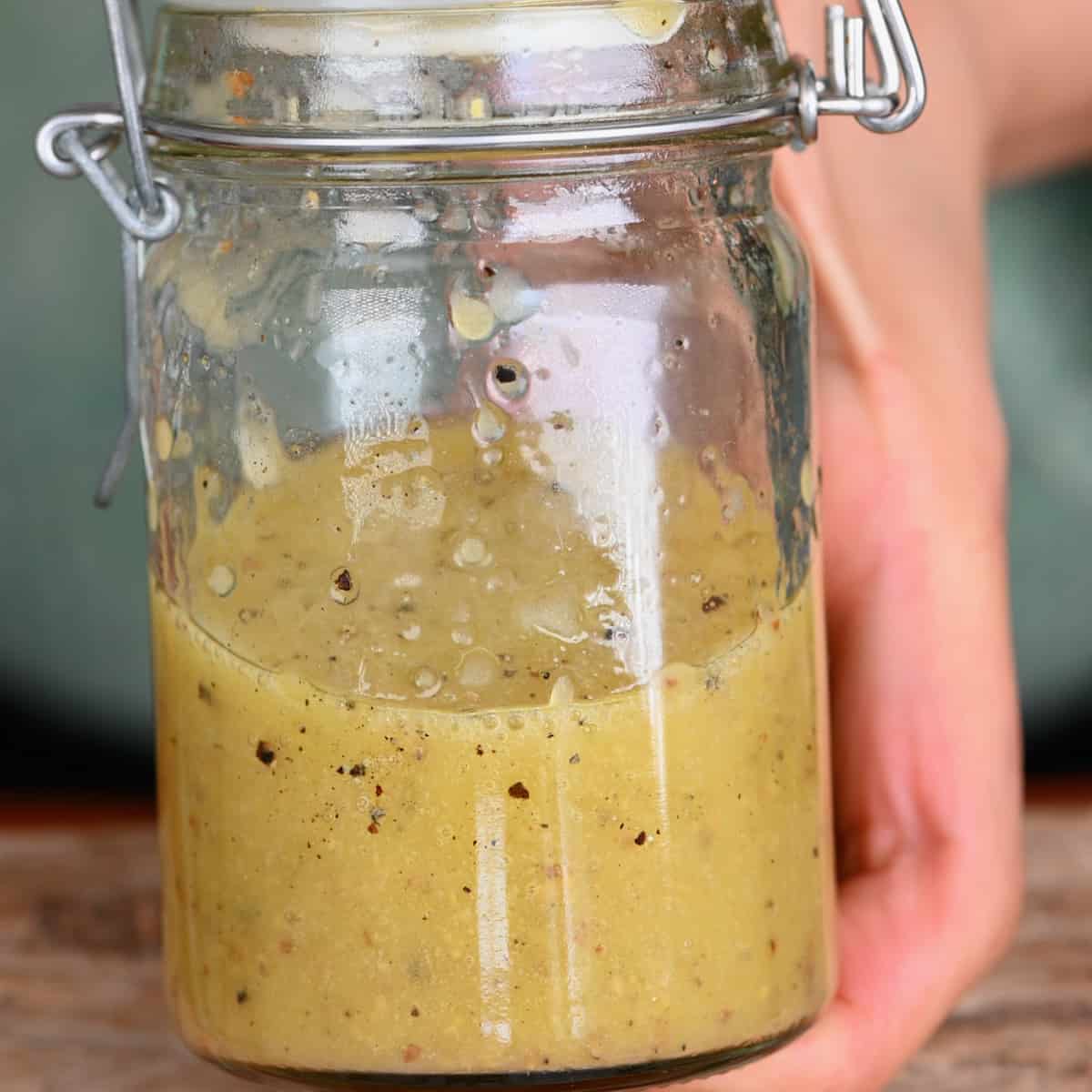I love salads. And I love dressing! But I’m getting a little tired of the traditional vinaigrette/balsamic/ranch dressings that seem to come with every salad these days. So, I made this Japanese salad dressing recipe using just a handful of fresh ingredients. Taking inspiration from Japanese restaurant salad dressing, this recipe is best suited to green Japanese salad but can be added to almost anything. You heard it from me first – ginger salads are about to be your new go-to dressing. This ginger salad dressing recipe can be made in seconds and will give a real punch of flavor to dozens of recipes. You don’t have to use it only on your salads. It can be added to meat and fish or even incorporated as part of a thicker sauce. The ingredients I use can often be found in Japanese sauces, not just in Japanese salad dressing. Healthy ingredients like ginger, sugar, and soy sauce are frequently used to create thick, flavorful sauces for a variety of dishes. Ginger is a staple of Asian cuisine – and it also has a number of amazing health benefits. In Eastern medicine, ginger is used to treat a number of ailments, from colds and nausea to hypertension and arthritic pain. Because of the ginger root’s core compounds, it’s a powerful anti-inflammatory and antioxidant. Plus, it has been shown to help ease digestion, reduce the risk of heart disease and can even help with period cramps. Not bad for a humble spice.
What Is in Japanese Ginger Salad Dressing
Ginger: The star ingredient of this Japanese dressing, you’ll want a fresh ginger root – not the powdered kind you find in jars! You can use Galangal root if you prefer, but ginger works best. Carrots: I like these for sweetness and they add plenty of color to your Hibachi salad dressing. You can also use squash or parsnip if you prefer. Onion: You can use either red or white, or substitute with spring onions or shallots. Sugar: Traditional granulated (caster) sugar works best because of the smaller crystals (it’ll dissolve quicker). But some recipes use brown sugar as a good complement to ginger and soy sauce-based Japanese salad dressing. Soy sauce: You can use light or dark as you prefer. If you can’t have soy, tamari or coconut aminos are great substitutes for this Japanese ginger dressing recipe. Rice vinegar: If you don’t have rice wine vinegar, white wine vinegar is the best alternative. They are both similar liquids with similar taste profiles. Oil: I like to use vegetable oil, avocado oil, or peanut oil. You can also add 1-2 Tbsp of sesame oil if you prefer – this is more common in Japanese recipes.
Is Japanese Ginger Salad Dressing Gluten Free
Yes! You should, however, check your soy sauce before using it in this ginger salad dressing. Make sure it’s gluten-free as some commercial soy sauces can contain traces of wheat and gluten. Or they even use them in the production process.
How to Make Japanese Ginger Dressing
Here’s how to make this Japanese ginger salad dressing recipe in just two steps.
Prepare Your Ingredients
Peel the onions, ginger, and carrots. The easiest way to peel ginger is with a spoon – check my guide here. You can roughly chop these ingredients too.
Blend
Place all the ingredients in a food processor for blender and blend until smooth. Taste test and adjust if needed – add more soy sauce, vinegar, or sugar if you feel your carrot ginger salad dressing needs it. And voila – this is how to make ginger dressing.
How Long Does Homemade Ginger Salad Dressing Last
Be sure to store this Asian ginger salad dressing in an airtight container, like a jar or a bottle. Or you can place it in a small bowl covered with wrap. Japanese ginger dressing will keep in the fridge for up to four days. Make sure to shake well before serving. Because this Japanese salad dressing recipe has an oil and vinegar base, it freezes well. If you prefer to freeze your Japanese salad dressing, I recommend pouring it into ice cube molds. You can also store it in an air-tight container until you need it. However, freezing might not extend the shelf life for very long (up to 4-6 weeks), so you can get the similar results betweek freezing or refrigerating this ginger salad dressing.
What to Serve with Japanese Ginger Salad Dressing
Of course, the best way to serve my ginger salad dressing recipe is to add it to an Asian-inspired salad with iceberg lettuce. I’ve found the flavors always blend well together. You can also use if as dressing for any side salad like:
Crunchy Asian Salad Cucumber Salad Broccoli Salad (substitute the sesame ginger dressing)
Plus – ginger salad dressing doesn’t have to be confined to salads!
Drizzle over lettuce wraps or over roasted vegetables. You could even use it as a thin dipping sauce. Swap out traditional soy sauce for this ginger salad dressing to compliment these Crispy Rice Paper Dumplings or even for your favorite sushi rolls.
More Salad Dressing Recipes
Creamy Roasted Garlic Dressing Raspberry Vinaigrette Simple Honey Mustard Dressing Strawberry Vinaigrette
If you try this Japanese-style ginger dressing recipe, I’d love to hear your thoughts/questions below. Also, I’d appreciate a recipe card rating below, and feel free to tag me in your recipe recreations on Instagram @Alphafoodie!
